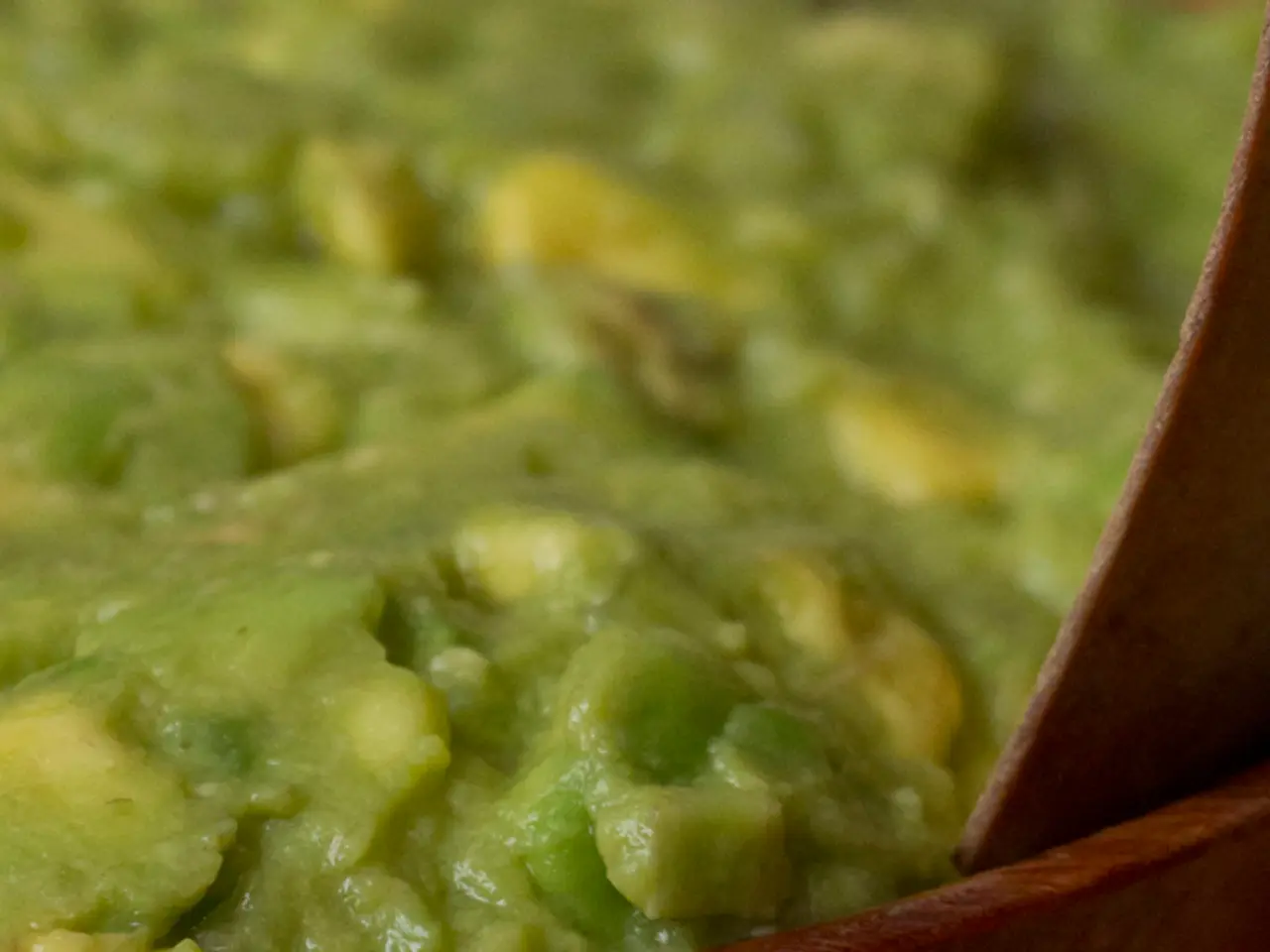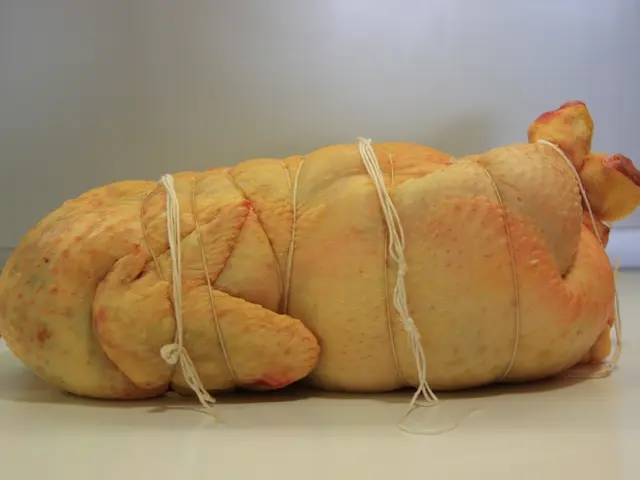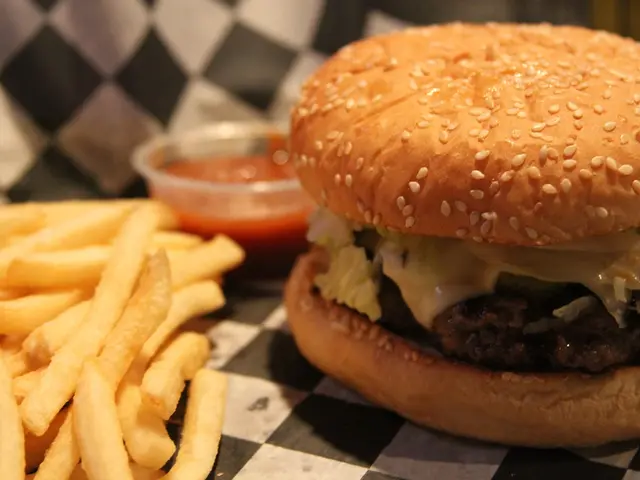Microwave Safety Clarified: Debunking Myths Surrounding Health Risks
Microwave cooking: Myths and Facts
Hey there, folks! Let's dive into the world of microwave ovens, the nifty little gadgets that have become an essential part of many kitchens. But do they pose threats to our health and safety? Let's separate fact from fiction!
Are microwaves dangerous?
Oh, the rumors about microwaves! "They cause cancer, right?" Wrong! Let registered dietitian, Paige Welsh, set the record straight. Microwaves use non-ionizing radiation, like the kind found in everyday devices such as your cell phone or TV, to cook food. Unlike ionizing radiation, commonly associated with X-rays and CT scans, non-ionizing radiation doesn't alter a food's molecular structure.
Organizations like the National Cancer Institute and the American Cancer Society have weighed in on the safety of microwaves. They assure us that when used according to instructions, there's no evidence suggesting microwaves pose a health risk. So, stick to the manual, and you're golden!
Safe Microwave Usage
Still, it's wise to follow some safety guidelines to ensure a hassle-free microwaving experience:
- Skip the damaged microwave: Those strict regulations ensuring your microwave's safety? They're based on well-maintained, brand-new machines. Any damage can lead to leakage of non-ionizing radiation, potentially causing burns and eye damage. Give your microwave a once-over. Is it dented, cracked, peeling, or showing signs of previous fires? If so, it's best to replace it.
- Avoid peeking: Concerned about radiation exposure? If your microwave is in good shape, the risk is minimal. Standing farther from the machine lessens your potential exposure since any leaked radiation mixes with air and dilutes.
- Be cautious with plastics: Some plastic containers are microwave safe, while others aren't. Typically, if your containers say they're microwave-safe, they're good to go. If in doubt, opt for safer options like glass or ceramic.
- Steer clear of metal: Metal containers, silverware, and aluminum foil can result in sparks and, in the worst-case scenario, fire. Plus, they can damage your microwave's metal plate, essential for preventing radiation leakage.
- Follow food safety guidelines: When reheating food, ensure it reaches 165°F (74°C), killing off any potential bacteria. Smaller pieces and stirring help evenly distribute heat.
- Consider nutritional value: Steaming veggies in the microwave can preserve nutrients better than boiling. However, frozen dinners and other packaged meals may lack the nutritional punch your body needs. Aim for a balanced diet!
In conclusion:
- Microwaves don't use ionizing radiation, so they won't make your food toxic or radioactive.
- When used properly, microwaves pose little to no health risk.
- Be mindful of physical burn risks when using a microwave.
- Enjoy the convenience of microwaves while following safety guidelines to get the most out of your nifty kitchen companion!
- Incorporating health-and-wellness practices into our daily routines can include making wise food choices, and understanding the role of proper nutrition in maintaining good health.
- Exploring therapies-and-treatments like CBD oil, often obtained from hemp plants, has gained popularity as a means of promoting fitness-and-exercise recovery and overall well-being.
- The food-and-drink industry is constantly evolving, with research in science advancing our understanding of nutrition and its impact on medical-conditions.
- Adopting a lifestyle that supports health and wellness requires considering factors such as a balanced diet, regular exercise, and medical advice when managing conditions.
- Making thoughtful decisions about food choices, cooking methods, and appliances such as microwaves can contribute to a balanced lifestyle, ensuring health and promoting wellness.








